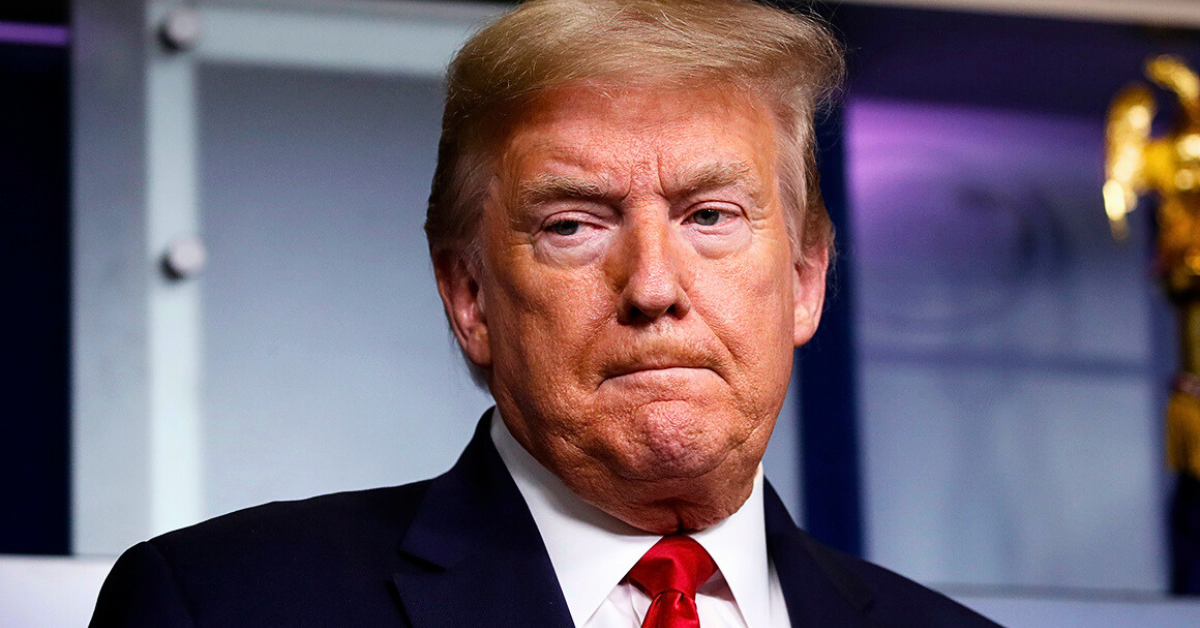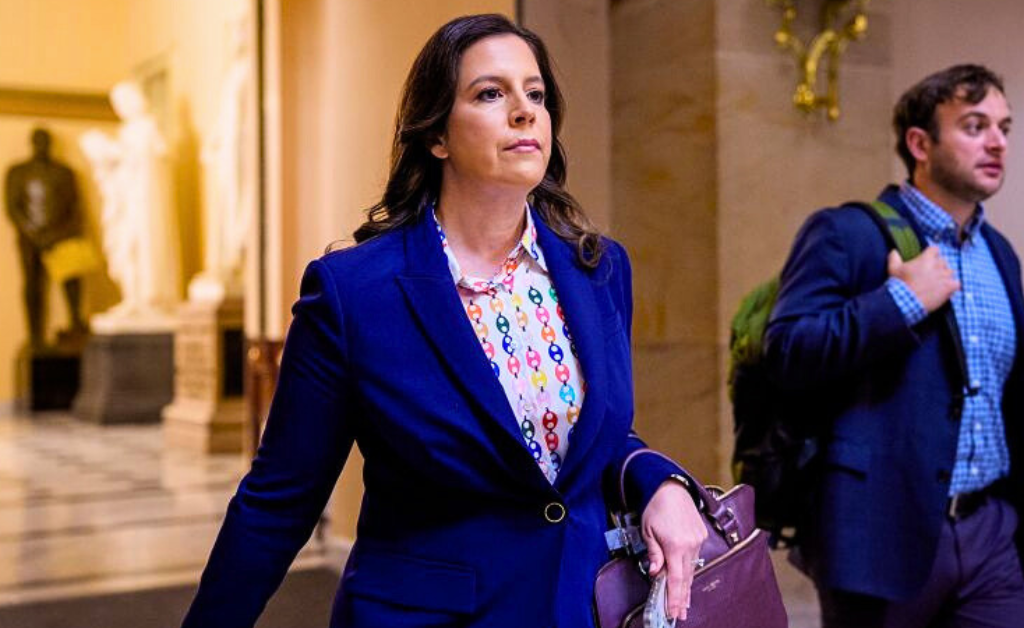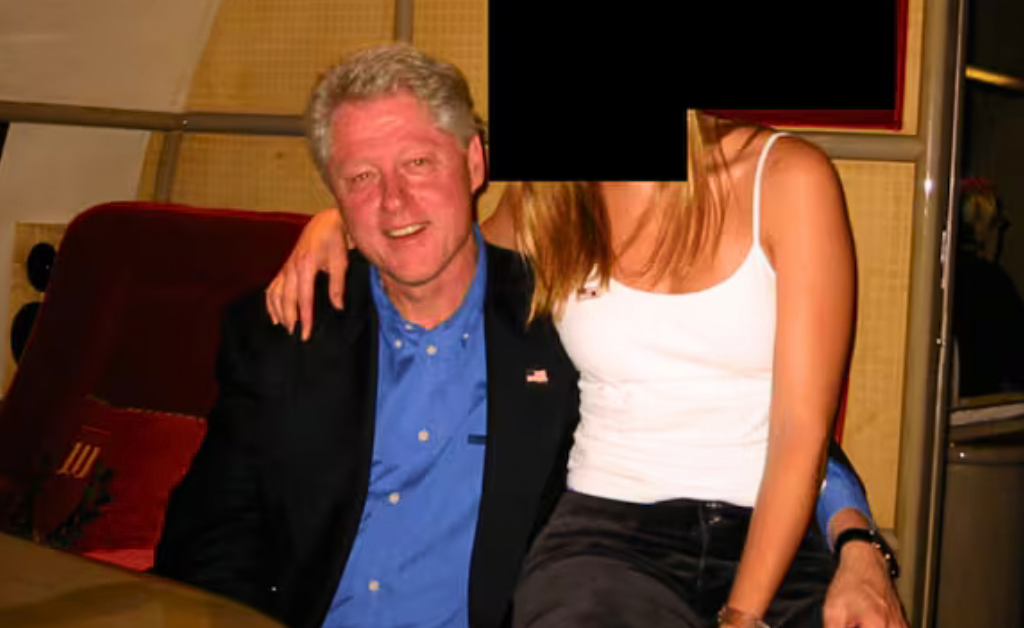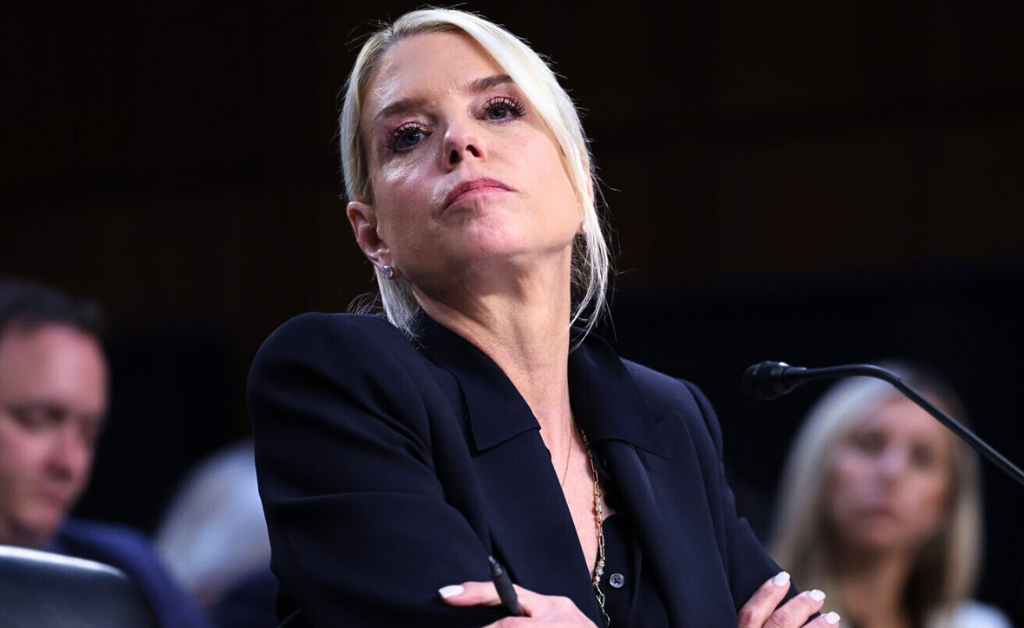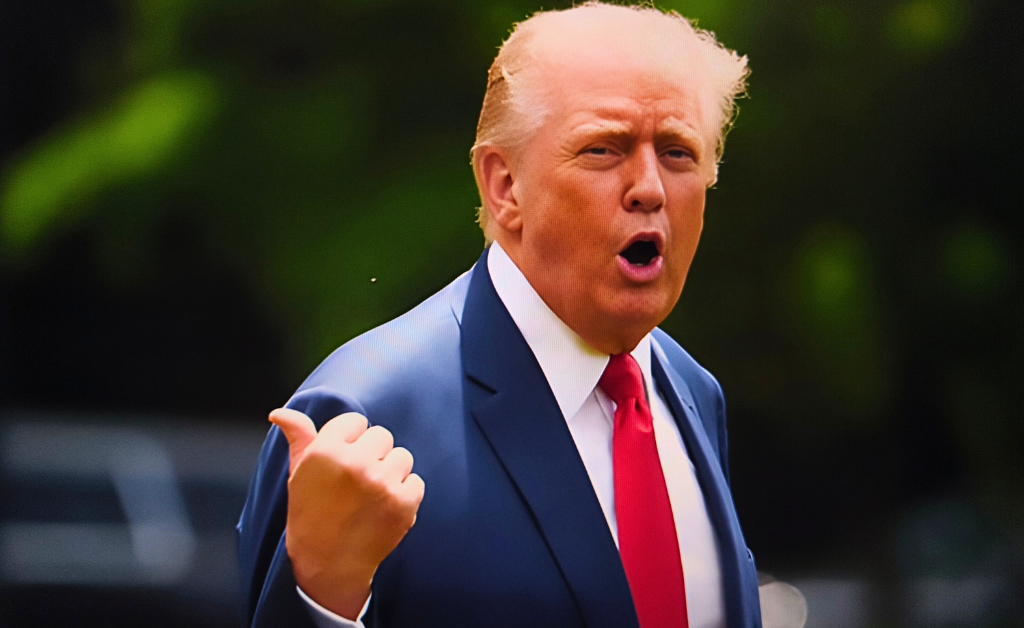- Justices sharply questioned Trump’s use of the IEEPA to impose sweeping tariffs, suggesting the move may exceed executive authority and violate Congress’s taxing power.
- Several conservative justices signaled skepticism, invoking the major questions doctrine and warning of dangerous executive power expansion if the tariffs stand.
WASHINGTON—As protesters gathered outside the marble steps of the Supreme Court on a crisp November morning, the nation’s highest justices delivered a series of pointed, sometimes blistering questions to lawyers defending President Donald Trump’s sweeping new tariffs.
The oral arguments in Moore v. United States—a case challenging the president’s use of emergency powers to slap duties on imports from over 100 countries—laid bare deep fissures in the administration’s economic agenda, with even Trump’s own appointees signaling skepticism about the breadth of executive authority.
The session, which wrapped up Tuesday, wasn’t just a legal dust-up; it highlighted the growing clash between Trump’s “America First” strongman tactics and the constitutional guardrails meant to keep presidential power in check.
The FrankNez Media Daily Briefing newsletter provides all the news you need to start your day. Sign up here.
At the heart of the dispute is Trump’s invocation of the International Emergency Economic Powers Act (IEEPA), a 1977 law designed to let presidents regulate foreign transactions during true crises.
Back in April, on what he dubbed “Liberation Day,” Trump brandished a chart in the White House Rose Garden and declared a national emergency over the U.S. trade deficit, which he called a threat teetering on the “brink of a major economic and national-security catastrophe.”
The tariffs, targeting everything from electronics to apparel, are projected to rake in up to $4 trillion over a decade, according to government estimates.
But critics, including a coalition of more than a dozen states and small businesses, argue this is little more than a backdoor tax hike, infringing on Congress’s exclusive power under the Constitution to levy duties.
Details of the Legal Findings
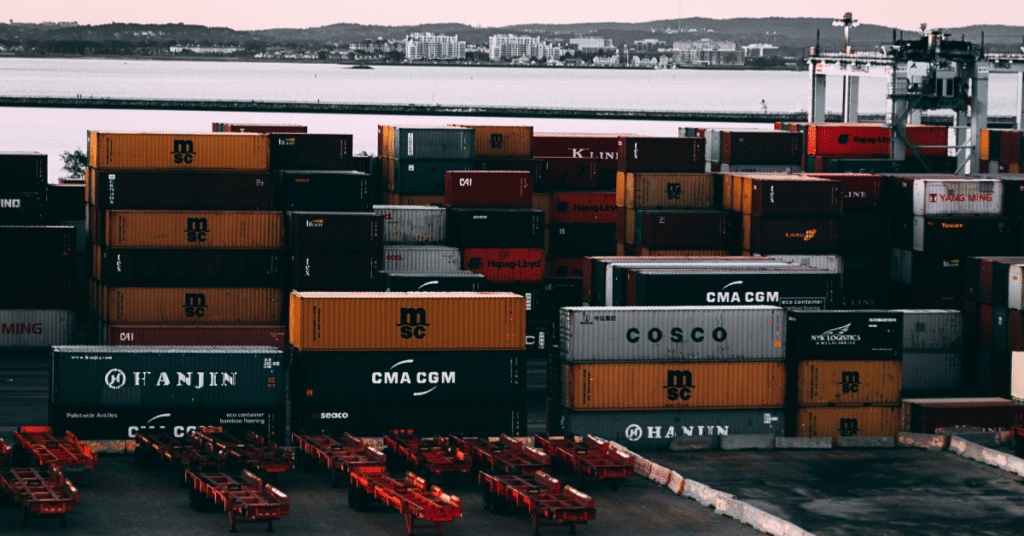
The arguments kicked off with Neil Katyal, a veteran Supreme Court advocate representing the challengers, laying out the stakes in stark terms. “Tariffs are taxes,” he said flatly.
“They take dollars from Americans’ pockets and deposit them in the U.S. Treasury. Our founders gave that taxing power to Congress alone.”
Katyal didn’t pull punches, calling the tariffs “one of the largest tax increases in our lifetimes” and accusing Trump of sidestepping lawmakers to overhaul the trade system.
He pointed to the administration’s own brief, which touted the revenue windfall, to undercut claims that money-making was just a side effect.
Even so, Katyal conceded that if the court strikes down the IEEPA approach, the White House could pivot to other tariff laws already on the books.
On the other side, U.S. Solicitor General D. John Sauer—Trump’s former personal attorney, now tasked with defending the policy—faced a barrage of tough grilling.
Sauer insisted the tariffs weren’t about taxing at all, but “regulating foreign powers,” with any revenue “only incidental.”
He framed the trade imbalance as an existential threat, echoing Trump’s rhetoric that the case is “literally, LIFE OR DEATH for our Country.”
But the justices weren’t buying it wholesale.
Imposing Taxes Has Always Been a Core Power of Congress
Chief Justice John Roberts zeroed in on the basics: “The ability to impose taxes has always been a core power of Congress.”
He invoked the “major questions doctrine,” a recent court-forged principle requiring explicit congressional okay for big regulatory moves, suggesting it could doom the administration’s gambit.
The real fireworks came from Trump’s own picks on the bench. Justice Amy Coney Barrett peppered Sauer with questions about historical precedents, asking him to cite any instance where “regulate importation” had ever meant “confer tariff authority.”
When Sauer rattled off a few old cases, Barrett shot back: “None of the cited cases talked about it as conferring tariff authority.”
Her tone, observers noted, carried a mix of curiosity and frustration, underscoring how even allies might balk at unchecked executive reach.
Justice Neil Gorsuch went further, delivering what one legal analyst called a “brutal takedown.” He pressed Sauer on where the line would be drawn: Could the president declare an emergency over climate change or domestic inequality to justify similar powers?
“I’m struggling with the administration’s argument,” Gorsuch said, warning of a “one-way ratchet toward the gradual but continual accretion of power in the executive branch and away from the people’s elected representatives.”
It was a moment that crystallized the tension at play—not just between branches of government, but within the conservative legal movement that helped elevate Trump.
Gorsuch, a stickler for limiting federal overreach, seemed to view the tariffs as the latest symptom of presidents treating Congress like an afterthought.
Going Back to 2024
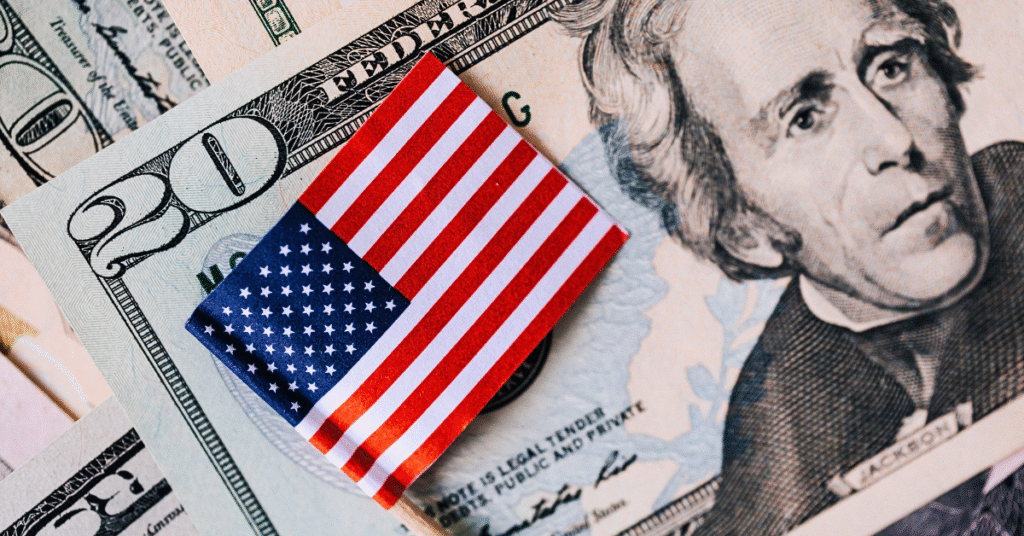
This isn’t the first time Trump’s economic playbook has tangled with the courts. Back in June 2024, the Supreme Court upheld a key piece of his 2017 Tax Cuts and Jobs Act in Moore v. United States, rejecting a challenge to the Mandatory Repatriation Tax (MRT) on undistributed foreign earnings.
That 7-2 decision, penned by Justice Brett Kavanaugh, affirmed Congress’s power to tax such “unrealized” gains as income under the 16th Amendment, dodging broader questions about wealth taxes that could hit billionaires’ paper profits.
The Moores, a Washington couple who shelled out $14,729 on their Indian investment, argued it violated constitutional rules on taxing property versus income. But the court sided with the government, noting similar taxes had been upheld since the 19th century.
Justices Clarence Thomas and Neil Gorsuch dissented, with Thomas writing that “unrealized gains could not be taxed as ‘income’ under the Sixteenth Amendment” because the couple “never actually received any of their investment gains.”
That split foreshadowed the tariff skepticism: Gorsuch’s voice, now echoing doubts about executive fiat, highlights how Trump’s judicial legacy might yet trip up his agenda.
The MRT ruling preserved over $340 billion in revenue from Trump’s earlier reforms, averting what experts called a “fiscal calamity” that could have unraveled partnerships, S-corporations, and even retirement accounts.
But it left the door ajar for future fights over taxing unrealized wealth—a concept Democrats like Elizabeth Warren have championed to target tycoons like Elon Musk and Jeff Bezos, whose fortunes balloon on unsold assets.
Conservative backers of the Moores hoped for a knockout blow against such ideas, but Kavanaugh punted, calling wealth taxes “potential issues for another day.”
Present Moment Hints at Troubles Ahead
Fast-forward to today, and Trump’s tariffs—billed as a manufacturing revival tool—face similar headwinds, with economic modelers warning they’d hike household costs by $1,000 in 2025 alone, while shrinking GDP by 0.4% and axing 428,000 jobs over a decade.
These cases underscore a deeper rift: Trump’s vision of unilateral action versus a judiciary wary of eroding congressional checks.
Outside the court, activists from labor unions to free-trade advocates waved signs decrying the tariffs as a “bully tax” on everyday shoppers.
Inside, the justices’ probing suggested a ruling could come by summer 2026, potentially forcing Trump to seek explicit legislative buy-in for his trade wars.
As one amicus brief from libertarian groups put it, even free-market conservatives are drawing a line: Emergency powers aren’t a blank check.
For now, the tariffs stand—imposed after a lower court loss in May and upheld on appeal in August—but the Supreme Court’s tone hints at trouble ahead.
If history is any guide, from the MRT’s narrow survival to earlier rebukes on everything from tax returns to election interference probes, the court that Trump shaped may prove less pliable than he hoped.
In a nation already divided on trade and taxes, this showdown feels less like abstract lawyering and more like a referendum on who really calls the shots in Washington.
Also Read: A DOJ Whistleblower Now Makes Revelation That Undermines the Judicial System’s Integrity


